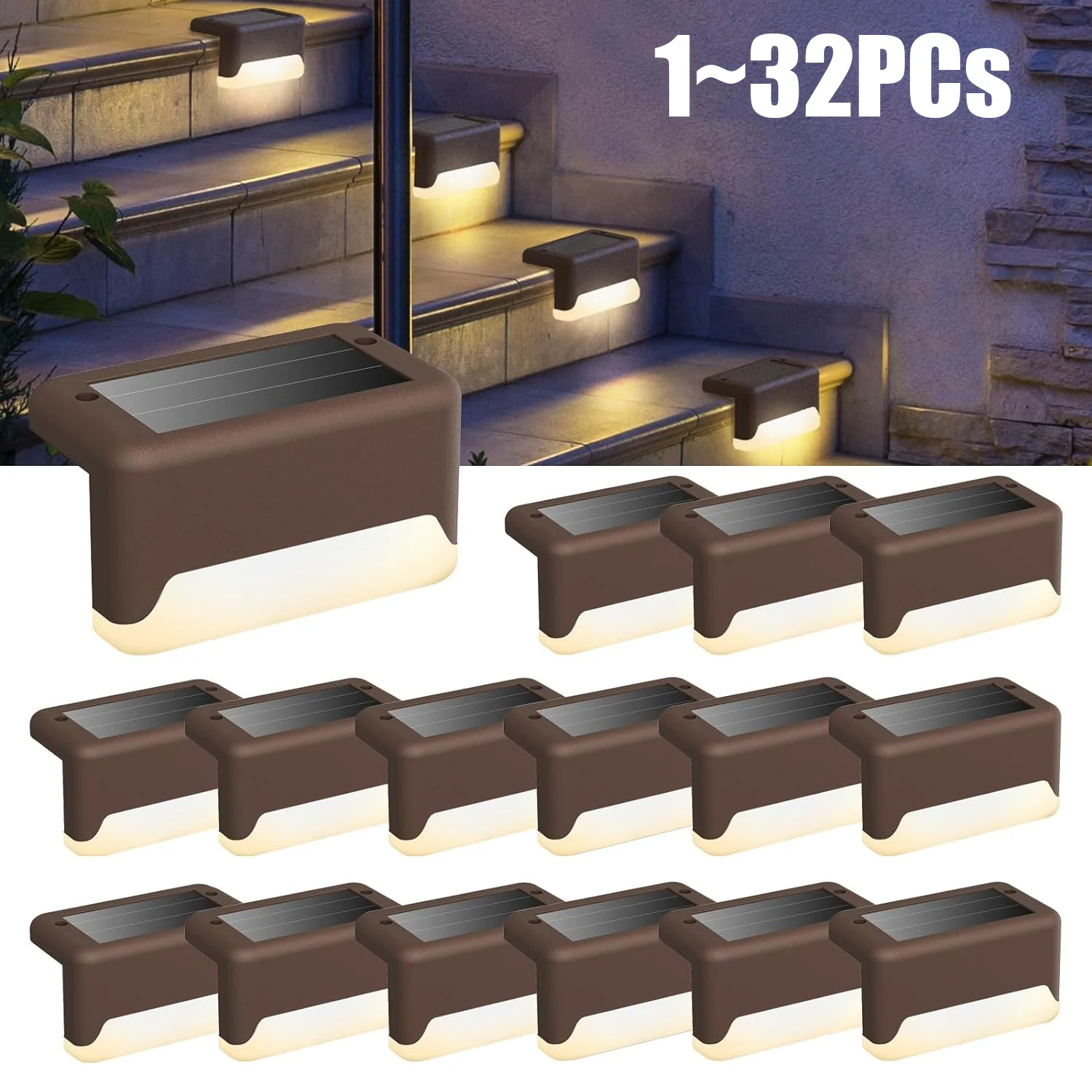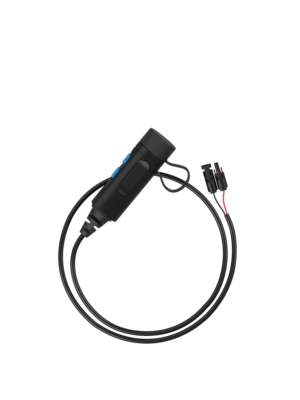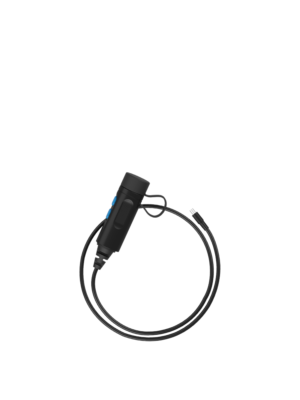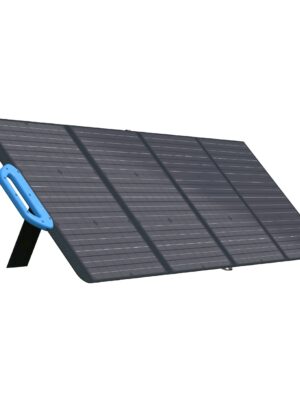Best Trip Wire Alarm to Set a Perimeter
A trip wire alarm is an extremely versatile tool. Not only can they help with intruders breaching a perimeter, but they can also scare off wildlife and signal for help. There are many brands and types of alarms to pick from and they don’t all perform the same.
This is where we come in. We’ve researched the best trip wire alarms, tested them, and now the results are in: the overall best, a budget option, and a versatile battery-powered pick. If you need to set a perimeter quickly and easily, one of our suggestions will hold down the fort.
Contents (Jump to a Section)
The Best Trip Wire Alarm
Fith Ops Camp Safe
Versatile, Durable, and Dependable
The classic trip wire alarm has great versatility and dependable quality to go the distance in any environment.
*Price at time of publishing; check for price changes or sales.
Fith Ops isn’t a misspelling- Fith stands for ‘fire in the hole’. This small company has been pioneering the trip wire alarm recently, developing versatile solutions and new products that push the boundaries of what is possible.
Their flagship Camp Safe model is an example of this since you can configure it for a wide variety of blanks with different adapters. It also has multiple attachment points for screws or zip ties and the classic pull-pin trigger.
Here is what you get with this alarm:
- 6061 aluminum
- Use 12 gauge blanks or available adapters:
- 1-1/4″ D x 3″ H
- 0.4 ounces
- Made in the USA
With solid American quality and a smooth spring action firing pin, it’s easy to see why the versatile Fith Ops Camp Safe 12 Gauge Trip Alarm tops the rest.
Budget Trip Wire Alarm
Remfly 209
Inexpensive, Effective, and Durable
The smaller 209 primer alarm will get the job done for those just starting out or on a budget.
*Price at time of publishing; check for price changes or sales.
This smaller tripwire device from Remfly can raise the alarm while using smaller primer caps and having a smaller profile itself.
Here is how the trigger alarm measures up:
- Aluminum/Nylon
- Use 209 primer blanks
- 3/4″ D x 4-1/4″ H
- 1.4 ounces
- Made in China
If you need to set some perimeter protection without breaking your budget, the Remfly 209 Perimeter Alarm is what you’re looking for.
Electronic Trip Wire Alarm
BASU Emergency Alarm
Loud, Portable, and Dependable
This alarm rips an ear-splitting shriek at over 130db to really send a signal to everyone in earshot.
*Price at time of publishing; check for price changes or sales.
Prevent intrusions by setting this tiny tool up as a tripwire alarm. But that’s just one of the many uses. You can use it on your keychain for personal protection or to keep somebody from walking off with your backpack or other gear. Simply hook one loop to your gear and the other loop to a fixed object, and when they are pulled apart this device will let you know.
The versatility of a simple, solid noisemaker that can be reusable is underestimated by most people. For its weight and low profile, it is almost an auto-include for most mobile survival kits.
Here are the specs:
- Matte black rubber
- Uses Lithium CR1632 batteries (5-year shelf life)
- 3-1/2″ L x 1-1/4″ W x 0.5″ H
- 0.6 ounces
With great versatility, reusability, and a long-lasting battery, the BASU Emergency Alarm is up for any security task.
Everything We Recommend
The classic trip wire alarm has great versatility and dependable quality to go the distance in any environment.
Where to Buy
*at time of reviewing
The smaller 209 primer alarm will get the job done for those just starting out or on a budget.
Where to Buy
*at time of reviewing
The Alarms We Compared
Our research narrowed the field down to a few brands and types of alarms that we compared with various gauges and loudness: Fith Ops, Trip Alarm Co, Remfly, ASR, BASU, Fast Guard, Camp Guardian, and more.
You can see our full list of review criteria below in the What to Look For section, with an explanation for each.
We considered a wide range of alarms ranging from traditional blanks to electronic ones. Although our results seem one-sided, performance spoke for itself after extensive testing. We quit looking at many of the temporary films since we were looking for permanent security and safety enhancements.
We’re always looking for new and better supplies, so if you have a trip wire alarm that you trust, let us know in the comments. We review most of our tested supplies annually so we can try to get it in the next roundup round and see if it will beat out our top picks.
What to Look For
The best trip wire alarms have a few features to look for:
- Value
- Noise Level
- Durability
- Size & Weight
- Versatility
When you get the right blend of these, you can find an alarm that will alert you in a wide range of situations. Below, we break down what each of these features means for the alarms that truly set themselves apart.
Value: Cost vs. Benefit
The amount of money you spend on something as niche as a tripwire alarm shouldn’t blow out your entire budget. There is a wide range of prices depending on the features you are looking for, so it shouldn’t be too problematic if you just stick to a plan. If it’s not likely that you’ll use the alarm in a practical setting, there is no need to pick one up if it’s beyond your budget.
You never want to spend too much money on one resource when it comes to security. It’s better to diversify your spending to make sure you are covered for a wide range of scenarios.
Noise Level
Not much point to an alarm if you can’t hear it. Sure, there are silent alarms that can notify you or blink a lot for you, but those have niche applications.
We want our perimeter alarms to be LOUD and deter whatever animal is coming through or let us know anywhere on our property of an intruder.
Depending on the ambient noise in your area, 120-130 dB should be heard up to a mile away. When you go below that you are hampering the potential distance and effectiveness of the alarm.
Durability
Most trip wire alarms are set up outdoors. This means they’ll need to be able to handle the elements.
Aluminum rust-proof designs are popular because they can be machined easily and accurately with less weight.
Size & Weight
Size and weight shouldn’t hold you back if you plan to keep the alarm in a mobile kit or bring it with you camping. Most tripwire alarms are lightweight, being at or less than an ounce.
You’ll also need to account for the ammo and the wire itself since it is part of an alarm system and not as useful on its own.
Versatility
Tripwire alarms and remarkably versatile. You can set perimeters in any conditions or areas to alert to incoming vehicles, intruders, or animals. They can also be used to signal for help or for communication within your group.
The basic components of a trip wire alarm are the firing pin, the pull pin that trips the alarm, and a detent to hold the charges. While we certainly don’t condone it, these can easily be worked into flare launchers or to use other ammunition. There are many reports of homemade firearms being made with these, though those are certainly dangerous and probably illegal in most places. (See our sources and references)
How to Set a Trip Wire Alarm
Tripwire alarms are relatively simple to set up but can be dangerous if done improperly. In Europe and Russia, there have been many documented cases of tripwire alarms being converted into homemade firearms. They have a firing mechanism (pull pin), a firing pin, and a detent to hold a wide range of rounds.
Warning: Using live ammo, or any unintended ammunition (like flares) can be extremely dangerous in a trip wire alarm, regardless of whether it is unattended. Even with blanks you should practice firearm safety and avoid pointing the business end at people. Do not set the trap until you are ready for it to be live- anticipate accidental discharge.
Here are the quick and easy steps to setting a tripwire alarm:
- Pick a Spot – Pick a site where the approach fits a tripwire well, and possibly obscures the wire so it is easier to hide. You will need a solid mounting point for the alarm itself.
- Mount – Mount your alarm securely using zip ties or screws. Make sure it is not visible from the approach side. Be sure to not load it yet.
- Set Perimeter – Run your tripwire from the alarm across the perimeter approach line. Depending on whether you are using USGS tripwire or fishing line, there is some difference in how far you can run the line.
- Set Alarm – Pull the firing pin ring, set the pull pin, and tie the perimeter line to the alarm.
- Load Alarm – Always load the alarm last. No reason to misfire as you are setting it up.
Lastly, have a plan for when the alarm goes off. Being alarmed without a plan of action won’t do you much good.
Nate Polson (Canadian Prepper) has a solid video showing how to use trip wire alarms:
Who Needs a Trip Wire Alarm?
Tripwire alarms are by no means necessary for survival, but they are a convenient tool to have in a wide range of situations. For the size, weight, and price, there is very little drawback to having one available. Because it isn’t essential, you won’t find it on many of our checklists.
If you are running snare wire (or trip wire) in your kits- which is on many of our checklists, you should definitely consider adding an alarm to go along beside it.
Tripwire itself is remarkably versatile and we have a whole guide recommending the best snare or trip wire for your kits.

How We Review Products: We research thoroughly before selecting the best products to review. We consult experts in the field for a better understanding of what makes the gear great. Hours on end are spent field testing gear in stressful conditions. We assign performance criteria and impartially rate each tested item. You can support us through our independently chosen links, which can earn us a commission at no extra cost to you. After our review process, some of the items reviewed end up in our giveaways.
Sources and References
All of our experience and the testing we do to determine the best trip wire alarm are useless without listing our research sources and references. We leaned on these for the book knowledge that we paired with our hands-on testing and practical survival experience:
Cobb, J. (2012). Prepper’s Home Defense: Security Strategies to Protect Your Family by Any Means Necessary. Ulysses Press; Berkeley, California. (Source)
Dobrin, G. (2022). Alarm and Signal Weapons Easily Converted into Lethal Firearms. Romanian Journal of Forensic Science. Volume 23. Issue 131. Pages 180 – 188. (Source)
Storm, J., et al. (2000). Trip wire detection using polarimetric IR. Proc. SPIE 4038, Detection and Remediation Technologies for Mines and Minelike Targets V. (Source)
The Final Word
Tripwire alarms are very versatile and fit in a wide range of survival kits. Keep your perimeter safe or come up with creative solutions for specific situations.
Here are a few other gear reviews and guides our subscribers have found helpful:
We presented quite a lot of information, but as always: if you have any questions let us know and we would be happy to help. Our testing found the Fith Ops Camp Safe Trip Wire Alarm to be the best option given its value, noise level, durability, size/weight, and versatility.
Keep exploring, stay prepared, and be safe.
You’ve Been Missing Out
Join the 2+ million preppers that rely on our prepping advice by subscribing to TruePrepper.
- Practical guides and tips
- Useful survival giveaways
- Free, forever
- < 0.4% of people unsubscribe
Please Support Our Sponsors
Solar Power Generator Discounts Along With Free Shipping
- 10% OFF for Jackery Solar Generator 2000 Pro Series with code "JADEAL"
- 10% OFF for Jackery SolarSaga 200W Solar Panel with code "JADEAL"
- 10% OFF for Jackery Solar Generator 1500 Series with code "JADEAL"
- 10% OFF for Jackery Solar Generator 1000 Series with code "JADEAL"
- 10% OFF for Jackery Explorer 1500 Portable Power Station with code "JADEAL"
- 10% OFF for Jackery Explorer 1000 Pro Portable Power Station with code "JADEAL"
- 10% OFF for Jackery Explorer 500 Pro Portable Power Station with code "JADEAL"
- 10% OFF for Jackery Explorer 300 Pro Portable Power Station with code "JADEAL"
- 10% OFF for Jackery SolarSaga 100W Solar Panel with code "JADEAL"

The University of Georgia is represented by the Georgia Bulldogs . The Bulldogs participate in the Southeastern Conference's (SEC) Eastern Division of the NCAA.
They play their home games in the storied Sanford Stadium in Athens, Georgia. The first season in Georgia was in 1892. In 1942, 1980, and 2021, the Georgia Bulldogs won three national championships.
The Georgia Bulldogs have additionally been crowned the National Champion in four additional seasons by at least one polling organization (1920, 1927, 1946 and 1968).
The Georgia Bulldogs are tied for second place in conference history with their 15 conference titles, including 13 SEC titles, and their 59 bowl appearances, which ranks second all-time.
In addition, the program has produced five top picks in the National Football League (NFL) draft, two Heisman Trophy winners, numerous winners of various national honors, and many others.

Longhorns football represents the University of Texas in Austin often known as Texas, UT or the Texas Longhorns. The Longhorns represent the Big 12 Conference in the NCAA Division. They play in Austin, Texas, at the Darrell K. Royal-Texas Memorial Stadium.
The Texas Longhorns are ranked third and seventh, respectively, in terms of all-time wins and win-loss records, with over 900 victories and an overall win-loss percentage of.705.
The legendary program also boasts four national titles, 32 conference titles, 100 First Team All-Americans, and two Heisman Trophy winners.
Get your Texas Longhorns Revival T-Shirt today. The Texas Longhorns Rustic Revival shirt is also a fan favorite.
Many college sports fans like to wear their gear all around town, get your Texas Longhorns Centered gear and show your support.




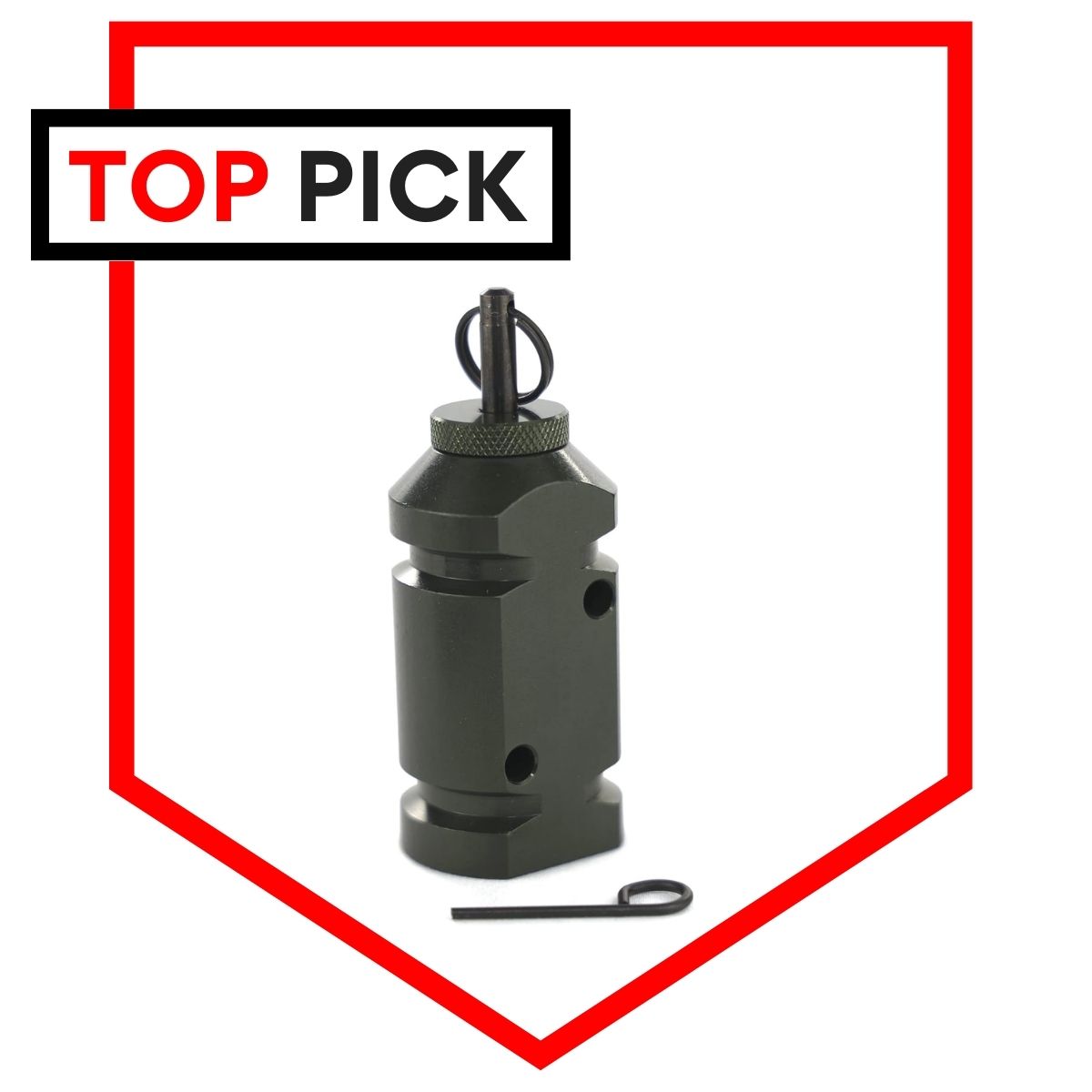

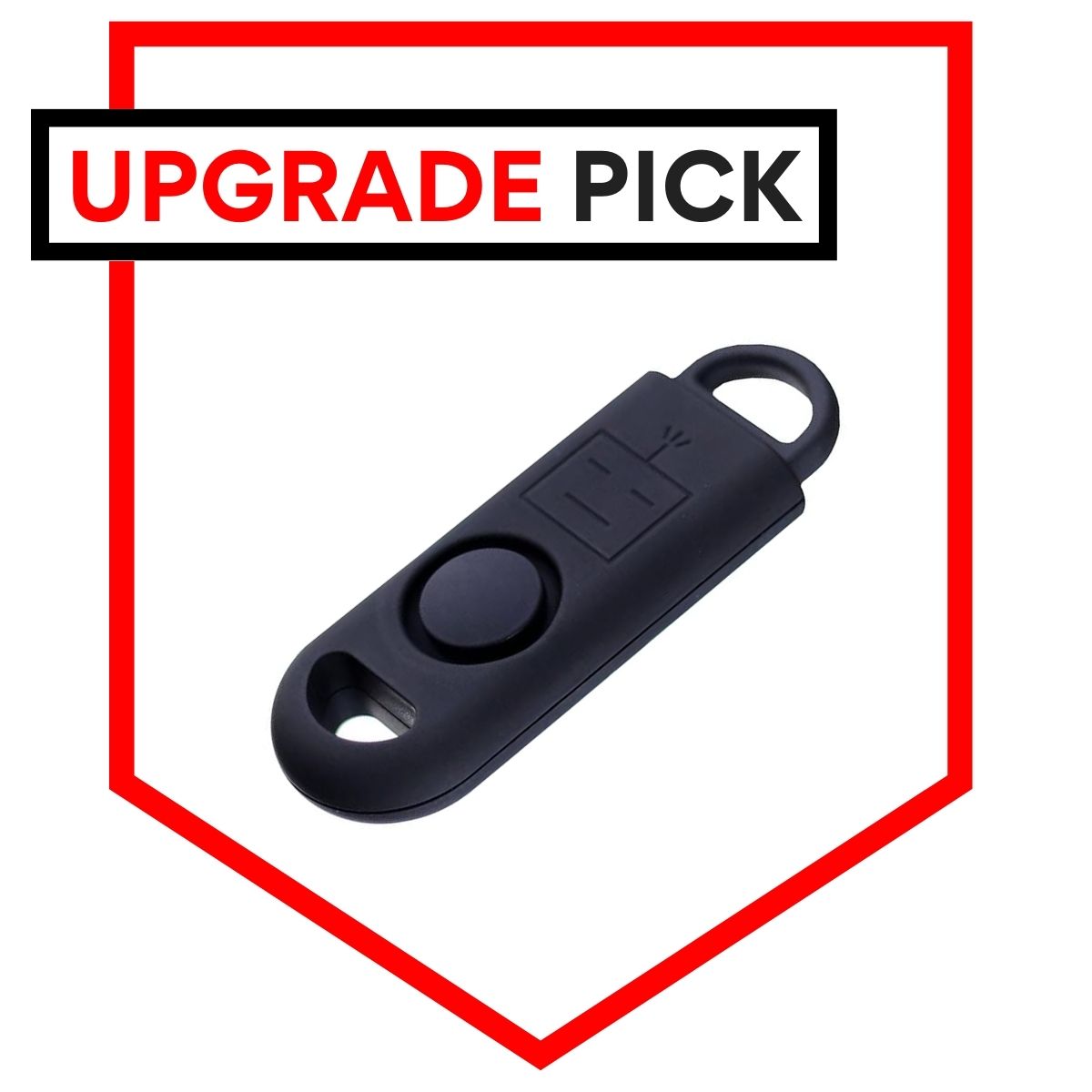
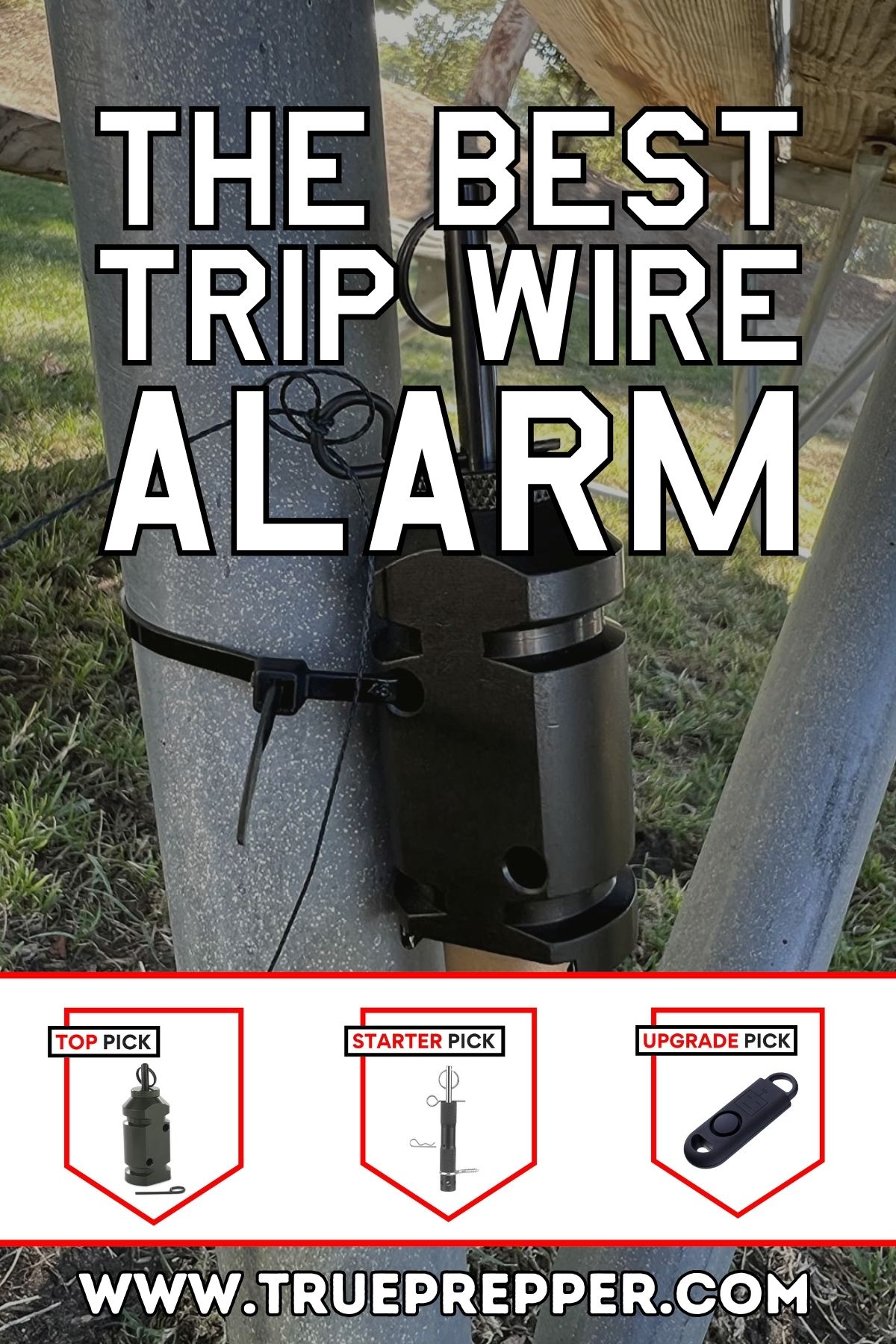
 Gettr
Gettr



